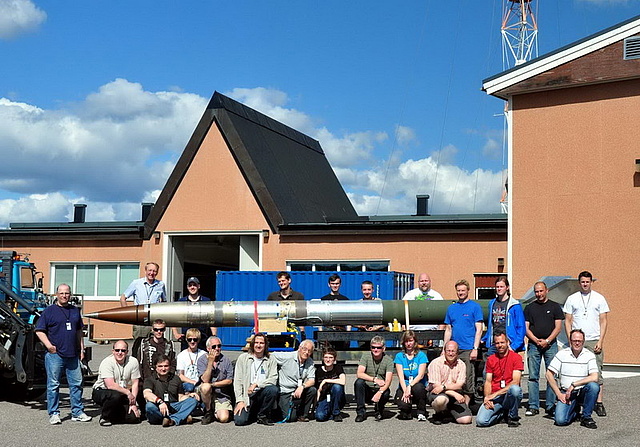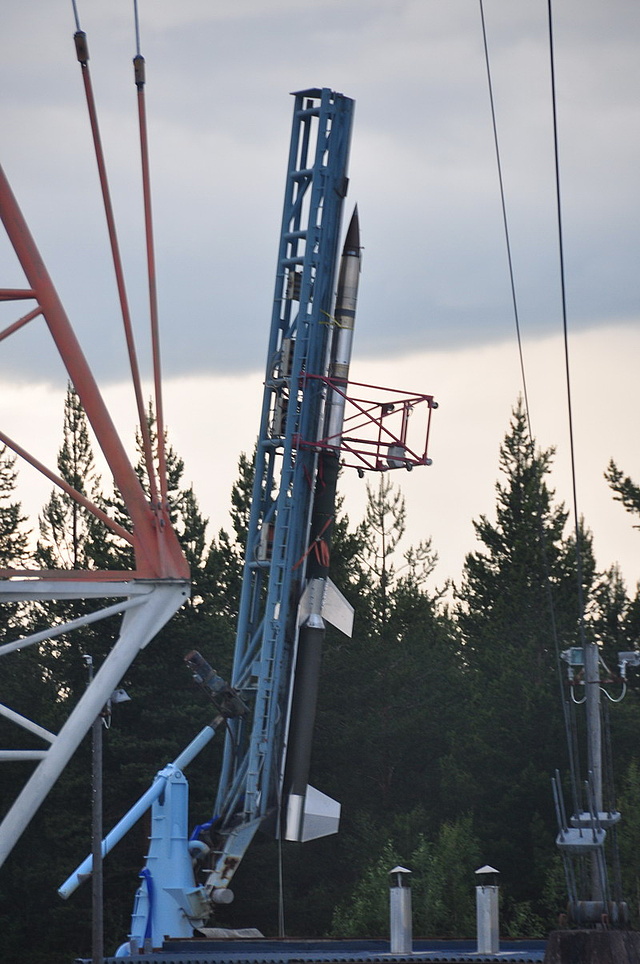PHOCUS
Particles, Hydrogen and Oxygen Chemistry in the Upper Summer Mesosphere
FWF Project 22613-N21
Participating institutions are from Sweden, Germany and the US
Abstract
An estimated 10 to 100 tonnes of meteoric matter hits the Earth's atmosphere daily; most of this material is too small to be seen or to reach the surface of the Earth. But this material evaporates and - presumably - provides the nuclei for ice particles in consequence causing other phenomena which occur in the mesosphere (70 to 90 km). Under special conditions NLC (= noctilucent clouds) can form from these ice particles which are visible from the ground. The probability and the altitude of the clouds have, within the accuracy of the triangulations and observations, not changed for more than 100 years. However, the brightness has detectably increased since the availability of satellite borne measurements, i.e. over only two decades. A connection of the variability of this phenomenon with man-made atmospheric emissions since the beginning of the industrial era is a hot topic of many investigations. For a sound understanding of the formation of NLC and the associated polar mesospheric radar echoes an investigation of all conceivable ingredients for the ice formation is essential. In Summer 2011 a sounding rocket was launched from northern Sweden to investigate the relevant part of the atmosphere (the mesosphere) by using a novel combination of diagnostic instruments. Among these instruments was a new microwave radiometer to measure in situ water vapour in the mesosphere. Other diagnostic instruments were dedicated to establish neutral temperatures with high resolution, the size of mesospheric ice particles, the densities of atomic oxygen and hydrogen, as well the densities of electrons and ions. This comprehensive set of measured parameters provides insight into the atmospheric processes at the extremely cold polar mesosphere, and - in consequence - help to better interpret long term observations pertaining to global change.

